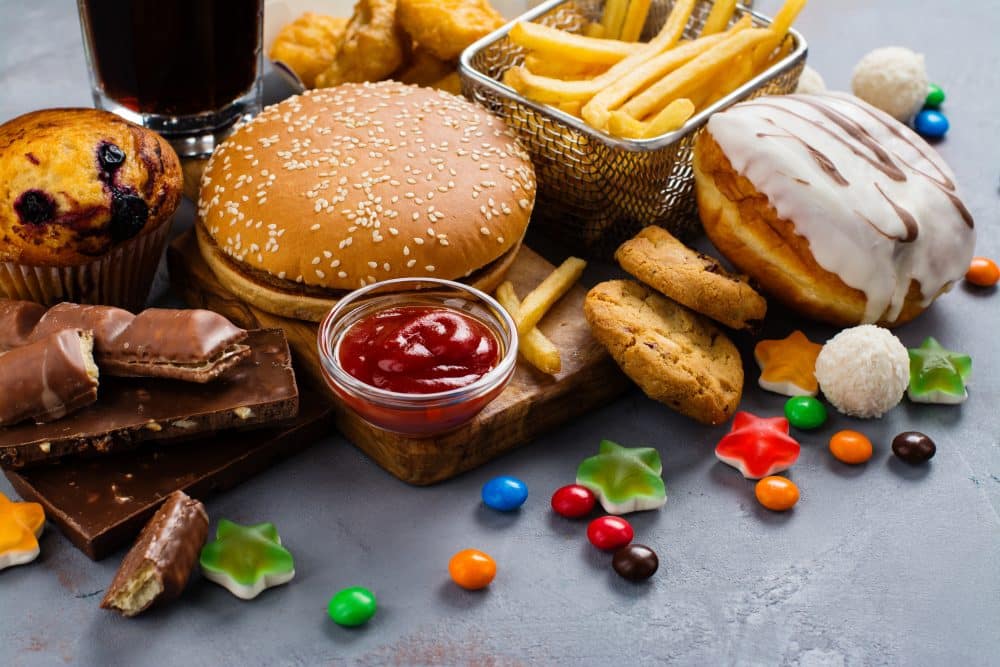
Should I Go Low GI?
What is the glycaemic index (GI)?
The glycaemic index (GI) is a rating system for foods containing carbohydrates. It shows how quickly each food affects your blood sugar (glucose) level when that food is eaten on its own.
Why go low GI?
Low GI carbs release their sugars at a much slower pace into the blood stream, helping to keep energy levels high, cravings for fatty/sugary foods at bay and insulin production to a minimum – and because insulin helps the body to store fat, the less insulin you have the slimmer you’re likely to be and the lower your risk of developing diabetes and heart disease will become.
Is it healthier to eat a low GI diet?
Many low GI foods are healthy and should be incorporated at part of a balanced diet. However, relying on the GI index of foods when it comes to healthy choices can be misleading. Foods with a high GI are not necessarily unhealthy, much like foods with a low GI aren’t always healthy.
What health benefits are there to eating low GI foods?
Eating foods with a low glycemic index will cause your blood sugar levels to rise and fall at a steady rate. This will help you to feel fuller for longer and less likely to crave something shortly after a meal. This could therefore help you lose weight by reducing your appetite or need for something sweet throughout the day.
However, not all foods with a low GI are healthy. Therefore, relying on GI alone is not a reliable way to decide whether foods or combinations of foods are healthy.
High GI foods
Carbohydrate foods that are broken down quickly by your body and cause a rapid increase in blood glucose have a high GI rating.
Low and medium GI foods
Low or medium GI foods are broken down more slowly and cause a gradual rise in blood sugar levels over time.
Alter ratios
Switch from making carbohydrates such as bread, pasta, cereals, rice or potatoes the biggest ratio of food on your plate to fruit or vegetables instead. This will keep blood sugars stable, hunger and food cravings at bay and, because we naturally prefer to eat carbs with fats (think bread without the spread, baked potatoes without the butter and crackers without the cheese), you’ll automatically cut back on your fat intake too.
High GI |
Low GI |
| Bowl of sugary cereal | Bowl of porridge with a handful of fresh berries |
| Ham salad sandwich | Large ham salad with ½ pitta bread |
| Jacket potato | Vegetable soup |
| Shepherd’s pie made of mince and potato and a small side of carrots | Shepherd’s pie with lean mince, carrots, peas and celery, topped with sweet potato and leeks with a side of sautéed cabbage |
| Spaghetti Bolognese with garlic bread | Bolognese sauce made largely from tomatoes, peppers, carrots and peas and lean meat, with 2 tbsp spaghetti |



Brianabavy
March 30, 2020 @ 2:58 am
Thank you! This a terrific site!
JamesWoogy
April 27, 2020 @ 5:11 pm
Maintain the excellent job and delivering in the crowd!